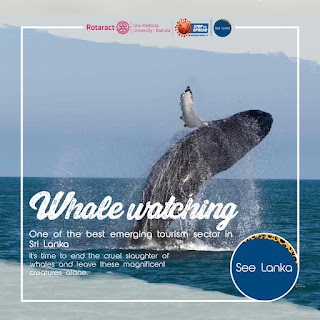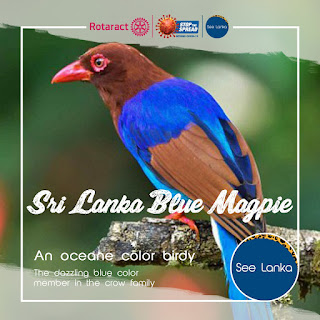Princess of Southern Province

Galle - The Southern Beauty. Bedecking the southwest coast of Sri Lanka, Galle wears its history on its sleeve. Windswept beaches and bobbing coconut trees surround Sri Lanka's grandest colonial showpiece, a 16th-century fort built by the Portuguese, while the rest of the city is brimming with houses built in Dutch style, eccentric shops, whitewashed mansions, and tiny museums. Galle lies about 120 kilometres to the south of Colombo. The two main areas to visit in Galle are the Galle Fort and Unawatuna. A visit to the south is incomplete without seeing these two areas. With the quintessential combination of picturesque beaches and rich culture, Galle has it all. Being securely surrounded by thick ramparts, Galle can be known as a walled city. These were extensively fortified by the Dutch merchants who ruled the city in the 17th century. The Dutch left behind their heavy impact on architecture within the fort walls. The impressive building hosting the Maritime Archaeology Mu...










